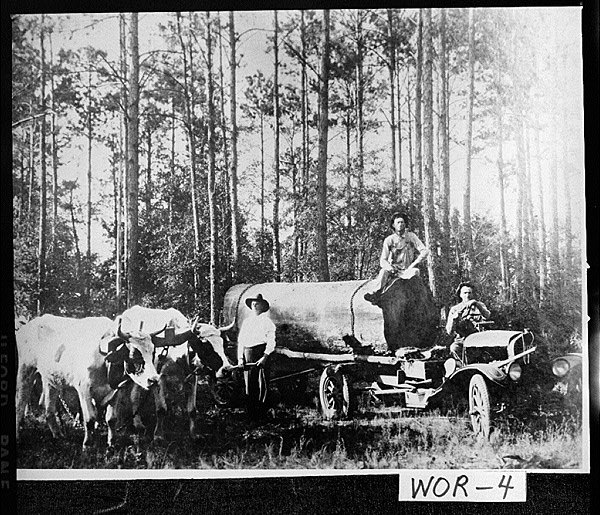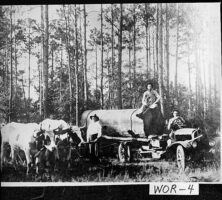Worth County, spanning 570 square miles, was created from Dooly and Irwin counties by an act of the state legislature on December 20, 1853. Located in southwest Georgia just east of Albany, the county was named for Major General William J. Worth of New York, who gained fame in the Mexican War (1846-48) and was a son-in-law of General Zachary Taylor.

Major William Harris, a leader in the formation of the new county, suggested Worth’s name because Harris had served under him. Pindartown was of considerable importance in the early days. When the Creek lands changed hands in 1821, the village was bought from the Indians. Pindartown served as the only post office between the Ocmulgee and Flint rivers in the early days. The stagecoach road between Milledgeville and Tallahassee, Florida, went through Pindartown, and the town was located at the head of navigation on the Flint River.
San Bernard served as the first county seat, which moved to Isabella in 1854. Worth County remained virtually unscathed during the Civil War (1861-65), except for the men sent into battle. In 1872, when the Brunswick and Albany Railroad (later the Seaboard Coast Line) was built to Albany, the line ran three miles south of Isabella, thus causing a new community, Isabella Station, to develop. Several towns sprang up on the rail line, some bigger than Isabella, and in 1904, after a prolonged power struggle, the county seat became Sylvester.

In 2004 the incorporated towns in Worth County were Poulan, Sumner, Sylvester, and Warwick. Known as the “Peanut Capital of the World,” Sylvester hosts the annual Georgia Peanut Festival in October in celebration of peanuts, the state’s official crop. Warwick, on Lake Blackshear, is considered the most historic town in Worth County. It is believed that General Andrew Jackson, in 1818, camped near the settlement that became Warwick. Warwick hosts the National Grits Festival in April. Sumner is home to a branch of the Southern Regional Technical College (formerly Moultrie Technical College) and hosts an egg festival in September. Possum Poke, in Poulan, was the winter residence and hunting lodge of Michigan governor Chase S. Osborn, who was instrumental in organizing the North Atlantic Treaty Organization, or NATO. Osborn was known for his writings on subjects ranging from geography to wildlife.
Agriculture has always been the economic mainstay of the region. Even in the 1990s, the average size of farms increased, from 441 acres in 1992 to 470 acres in 1997, with a 16 percent increase in the market value of agricultural products sold, average per farm, from $137,156 in 1992 to $159,241 in 1997.

According to the 2020 U.S. census, Worth County had a population of 20,784. Georgia Highway 520/U.S. Highway 82 stretches through Worth County.









